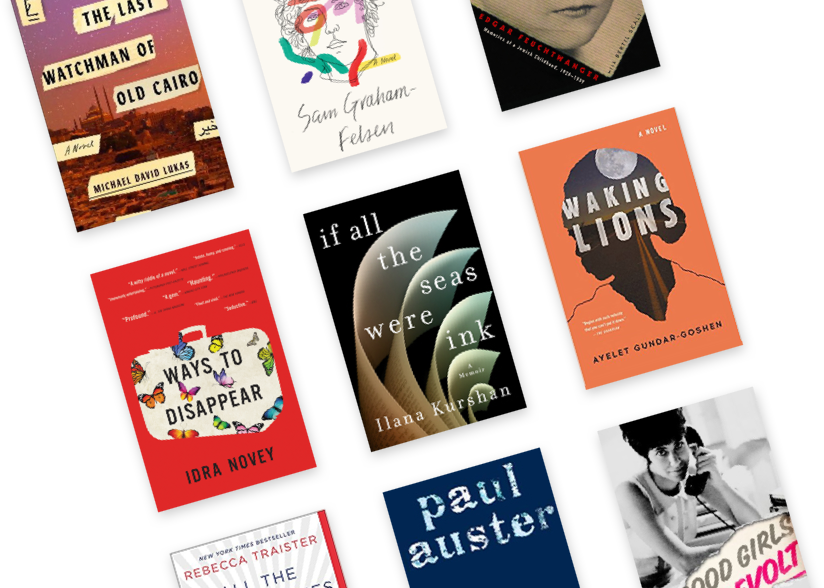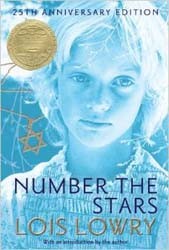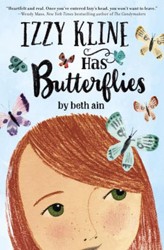Eleven-year-old Sophie Winslow, the protagonist of Lois Lowry’s Tree. Table. Book., more than deserves a place in a long tradition of quirky kids in children’s literature. Bright, creative, skeptical of authority, but not rebellious, she is open to friendships that may seem unlikely. Sophie forms an unbreakable attachment to another Sophie, eighty-eight-year-old Sophie Gershowitz — a Jewish immigrant from Poland who was once known as Shlomit and later as Zofia before adopting the name she uses in her small New Hampshire town. As old age brings frailty to this lively and independent woman, Sophie Winslow becomes determined to rescue Sophie Gershowitz from the reductive diagnosis of dementia. Without sentimentality, Lowry tells a story of a sensitive child coming to terms with inevitable loss.
When the elder Sophie’s memory begins to fail, her young friend resists accepting how a vibrant person’s essential core can disappear. How can someone who remembers the lyrics to every Sinatra song, who can “knit complicated patterns with more than one color,” be considered helpless? Sophie Gershowitz speaks three languages, yet a doctor is subjecting her to simplistic tests of short-term memory. Lowry’s sensitivity to her detailed portrayal of a child’s consciousness makes Sophie appealing and realistic. Her intelligence and her preternatural affinity for an older adult are part of her character, but she is still a vulnerable young person who has not yet confronted life’s most painful experiences.
Sophie Gershowitz confronted unspeakable events in her own past, but she had silenced their echoes. As her young friend struggles to reinforce the short-term memories that often escape her, the older woman, a Holocaust survivor, begins to recall and verbalize long-ago horrors with haunting incompleteness. Instead of framing these deeply embedded parts of her past as shocking revelations, Lowry allows Sophie to produce them as fragmented, poetic, tales grounded in truth. Descriptions of beauty turn to suffering. “And the berries on the jarzębina tree were plump and bright.…Sometimes our mother would try to shoo the birds away” opens a flashback about the devotion of a Jewish mother trying to protect her family. Eventually, history intervenes, and Sophie Gershowitz evokes her realization that the world had changed: “I let go of my sister’s hand and climbed the steps alone … And so, my darling, I was saved.”
One of Lowry’s most distinctive accomplishments in this novel is how she integrates references to literature and literary forms into the narrative. In her interior monologues, Sophie Winslow questions the process of writing a story, remembering advice she had once heard to “begin on the day that is different.” She thinks about relevant examples from Where the Wild Things Are, Make Way for Ducklings, and Charlotte’s Web. When Sophie Gershowitz delves into her traumatic memories, she adopts the technique of fairy tales, even selecting a book of fairy tales her mother once had as a central element in her account. In this highly recommended book, Lowry reminds readers of the role that stories play in uncovering the truths of our lives.
Emily Schneider writes about literature, feminism, and culture for Tablet, The Forward, The Horn Book, and other publications, and writes about children’s books on her blog. She has a Ph.D. in Romance Languages and Literatures.





